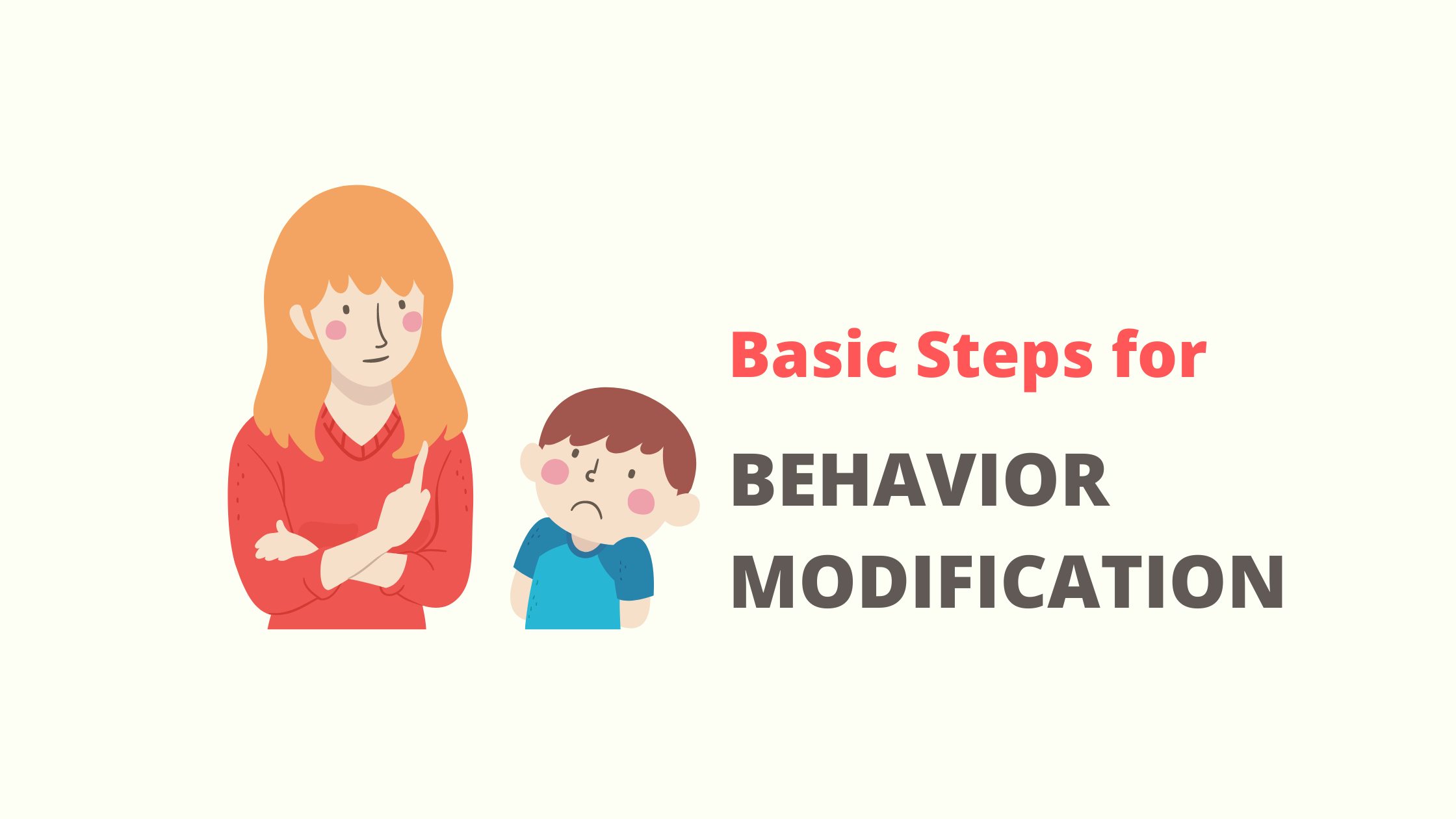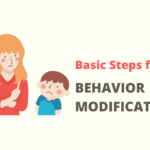Establishing a Behavior Modification Program
The following is a brief explanation of the basic steps for using behavioral principles in developing a behavior modification program. This step can be implemented in a classroom settings.
Steps to Implement Behavior Modification:
Step 1. Define and state operationally the behavior to be changed.
Don’t generallize, such as “the kid fools around in class” or “has a bad attitude.” Explicitly define the behavior to be changed—leaving a seat without permission, yelling out answers in class.
Step 2. Obtain a reading of the operant level of the behavior that you are considering changing.
Before you treat a specified behavior, note its frequency. You can then determine after the treatment whether the behavior has been modified. For example, how many times does the student leave his seat in a given hour or day?
Step 3. Arrange the learning or treatment situation so that desirable behavior will occur.
Before starting reinforcement for appropriate behavior, check to determine whether the individual can come through with the desired response. It is often helpful to prompt the desired behavior by a verbal request or by establishing a situation in which the behavior is likely to occur: “Let’s clean up this room so we can have some space to work.”
Step 4. Identify potential reinforcers.
A stimulus has no inherent reinforcing property. Also, what is reinforcing at one time may not be reinforcing at another time.
Step 5. Shape and/or reinforce desired behavior and, if necessary, use procedures to weaken inappropriate behavior.
Initially, the desired behavior should be reinforced each time until it has assumed proper strength. Once this occurs, you can change the reinforcement schedule. If the student is unable to respond with the desired behavior, successive approximations of the behavior must be identified and appropriately reinforced.
Step 6. Maintain records of the reinforced behavior to determine whether the strength or frequency of the response has increased.
By comparing the progress of the treatment or learning session with the initial or baseline rate, you will know whether the reinforcement contingencies have had an effect on modifying behavior. If the reinforcement has had no effect on the behavior, you must then determine why and make the necessary adjustments.
Two pitfalls along the path of behavior modification are misidentifying reinforcers and demanding too much too soon by not beginning with small steps toward the target behavior. A child who is not able to work independently at seatwork without annoying other students will not become a model student in one or two days. It is important that the child be reinforced upon completing one or two problems, sitting quietly for short periods, and exhibiting other behaviors that approximate the terminal behavior.
To implement behavior modification in an early age, It is good for the teacher to carefully plan the implementation, and a lesson plan template preschool based would be a lot helpful.



